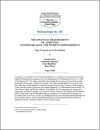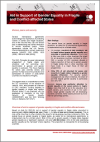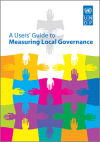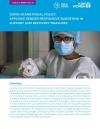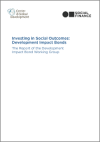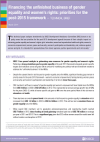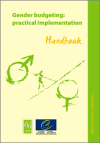FOUND 35
The paper provides a comprehensive overview and guide to complex issue of linkages between aid and gender equality.
The present study is a contribution to mark the 10th anniversary of the adoption of UNSCR 1325, and provides an overview of DAC members' funding targeted to gender equality in fragile and conflict-affected states.
This Guide was preared by Alexandra Wilde, Shipra Narang, Marie Laberge and Luisa Moretto UNDP Oslo, 2009.
Budgeting for Equity: Gender Budget Initiatives Within a Framework of Performance Oriented Budgeting
The publication discusses the tools needed to determine how a government budget impacts the different sexes. The publication achieves three objectives. First, the background of gender responsive budgets is described for readers who are not as familiar with the initiative.
Since the start of the COVID-19 pandemic, almost USD 16 trillion has been pumped into the global economy, and governments are now rolling out second and third ph
Recent reforms of aid delivery, most notably the Paris Declaration on Aid Effectiveness (2005), have provided new opportunities and mechanisms to translate donor and government commitments into improved practice results and impacts.
This practical guide by Debbie Budlender and Guy Hewitt, based on experiences of past gender budget initiatives, provides a comprehensive outline of how to engender budgets.
This note provides an overview of existing gender equality markers and reviews issues relating to the tracking and monitoring of investments related to gender equality and women’s empowerment.
This technical paper analyses investments by OECD Development Assistance Committee (DAC) donors in six policy areas that are priorities for the post-2015 development agenda because of their catalytic impact on achieving gender equality and women’s rights: girls’ education; sexual and reproductive he
The focus of this publication is to act as a guide to the practice of gender budgeting. It is not a first-step book. There are many publications which articulate the rationale for, the background to and the history of gender budgeting.
